OF THE
TIMES

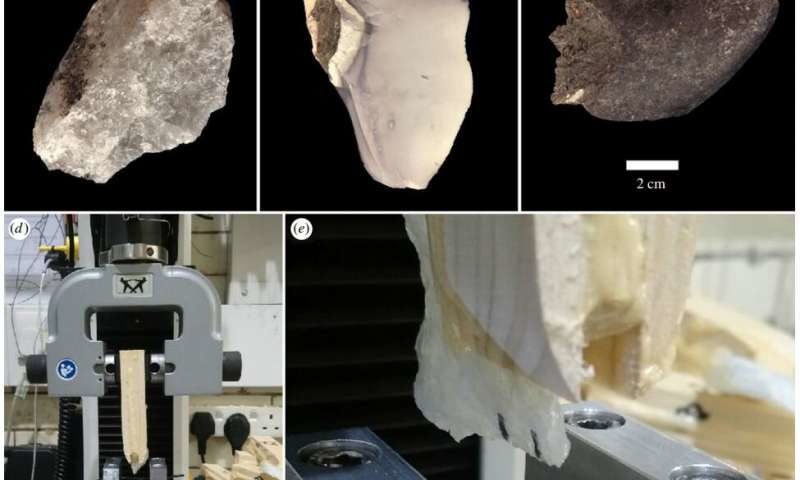
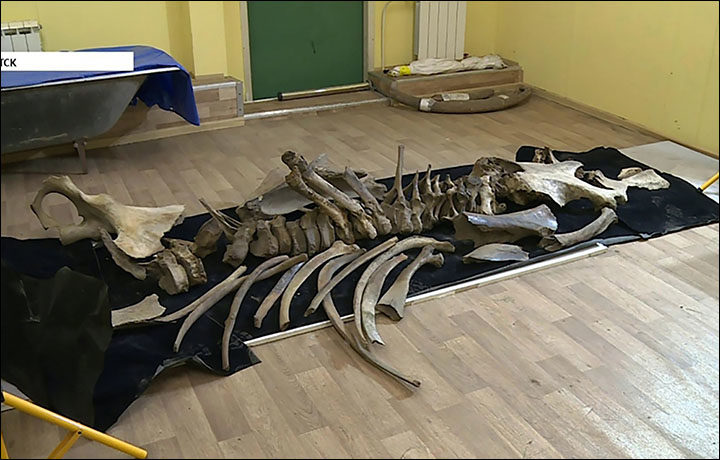
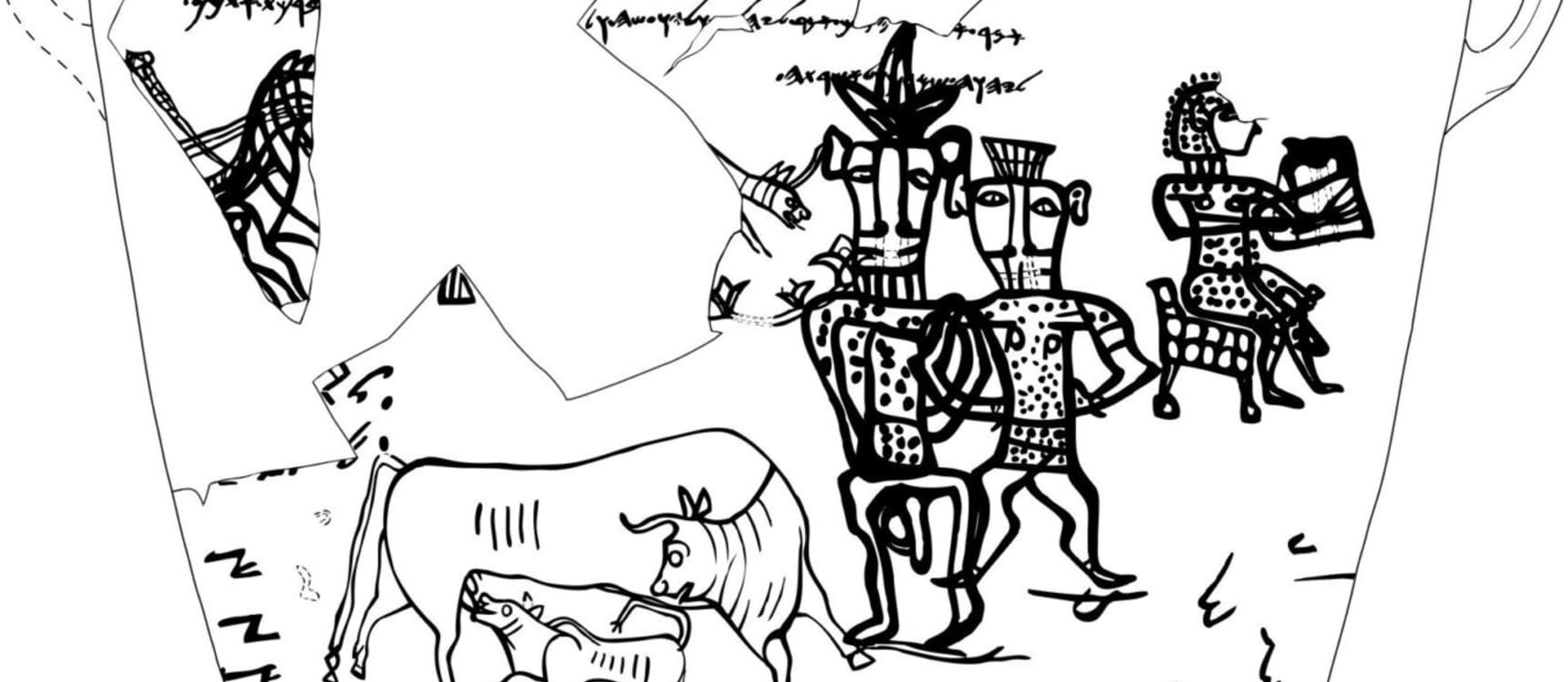
The following is an interview with Thom Stark, a scholar of ancient and modern religious texts. Stark is currently an M.A.R. student at Emmanuel School of Religion in Johnson City, Tenn. His first book, released in October, is called The Human Faces of God: What Scripture Reveals When It Gets God Wrong (and Why Inerrancy Tries To Hide It). In chapters 4 and 5, Mr. Stark systematically lays out evidence that polytheism and human sacrifice were practiced widely as a part of early Yahweh worship.I have to start with a question that may sound rude. Most people would expect that someone writing about human sacrifice and polytheism in the Bible would be an atheist or agnostic. And yet you describe yourself as a very committed Christian. Help me put the pieces together.
Well, I hail from the Stone-Campbell tradition, an anti-creedal protestant movement that is committed to discovering what the Bible says, even if what the Bible says contradicts what orthodox Christianity has historically said. That commitment to the Bible over the creeds is what underwrote my biblical studies, and ironically is what made it possible for me to come to the realization that the Bible isn't inerrant, and that what "it says" often depends on which book in the Bible you're reading.
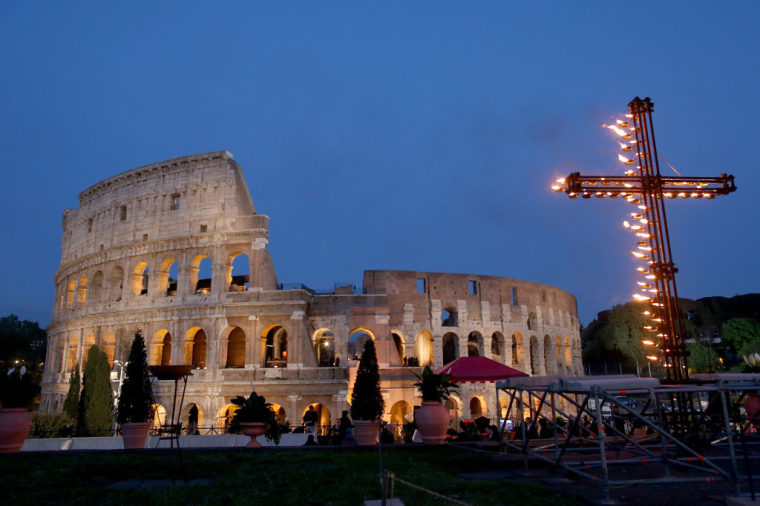
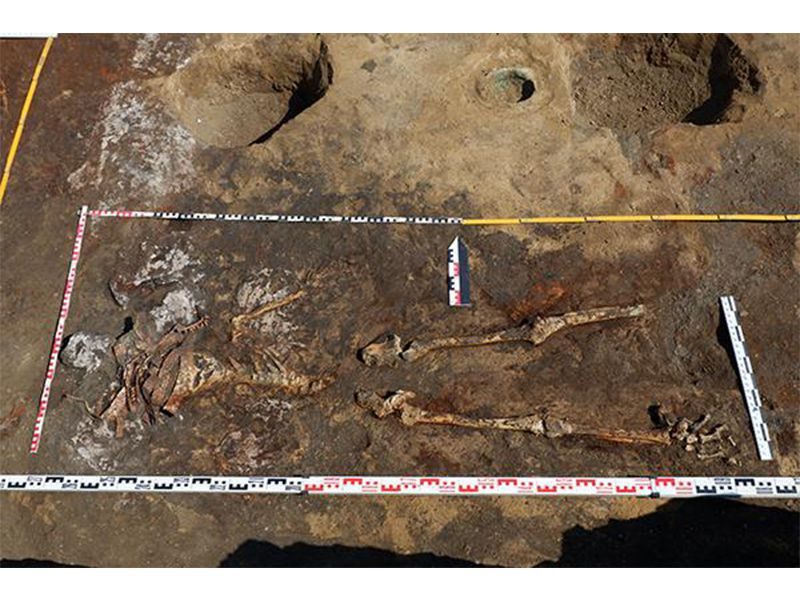
Comment: See also: